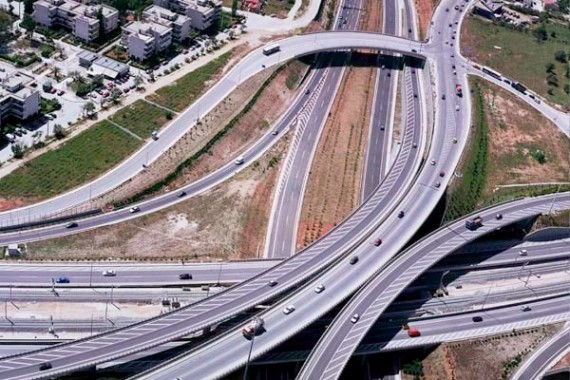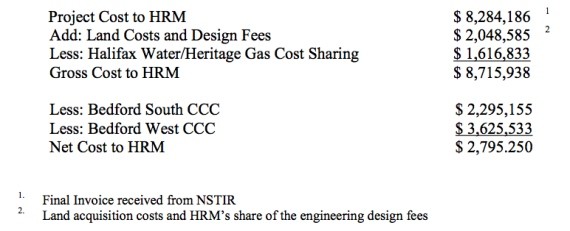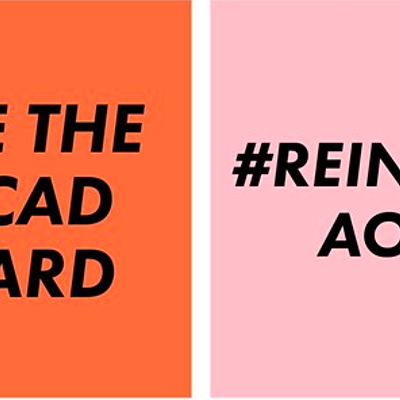Tuesday, council will deal with two budget issues related to suburban sprawl. The first involves the new Larry Uteck Boulevard interchange on the Bicentennial Highway, which is designed to handle traffic generated by new subdivisions being built in Bedford West (roughly, the land between the BiHi, Hammond Plains Road and Kearney Lake Road) and Bedford South (roughly, the land between Oceanview Drive, the Bedford Highway, Larry Uteck Boulevard and the BiHi). Council is being asked to tweak the financing formula for the interchange, with total costs pegged at $10,332,771.
Only in 2002 did the city begin to ask for authority to offset some new roadway costs by charging subdivision developers some of the costs associated with the new roads; those charges—known as "capital cost contributions"—began to be collected in 2006.
Arguably, because we wouldn't need the new Larry Uteck interchange if Bedford West and Bedford South weren't being developed, the city should simply charge the developers for the entire cost of the interchange and leave it at that. But, explains Peter Duncan, the city's manager for infrastructure planning, the city is prohibited by the city charter from charging the full costs of the new interchange to the developers; instead, the city has had to complete a traffic study and determine how many cars using the interchange will come from the new subdivisions and how many will come from existing neighbourhoods elsewhere in HRM, and then charge the developers only for the percentage their subdivisions will generate.
This is silly: the existing traffic from elsewhere in HRM is already using existing roads that have been bought and paid for; they might use the new interchange, but it will be by no means necessary to do so, as they're getting around just fine now without it.
There's another wrinkle thrown in as well: the costs for extending water, sewer and natural gas lines into the new subdivisions are charged to Halifax Water and Heritage Gas (more on this in a moment). In total, the budget for the new interchange looks like this:
The bottom line is that the city will pay $2,795.250 straight out of the general tax fund to pay for the new intersection that is required only for the new neighbourhoods—that is, it is a direct $2.8 million subsidy to facilitate suburban development.
Halifax Water's costs
A letter from 2009 included in the council paperwork for this week says that the then-anticipated $900,000 costs to Halifax Water for the interchange will come from another, second, CCC arrangement with the developers. But it's unclear whether the increased costs—$700,000 additionally, bringing total costs to about $1.6 million—will simply be tacked on to that CCC or will come from ratepayers generally. As of this writing, Halifax Water managers haven't responded to my requests for more information on how they intend to recover their portion of the Larry Uteck costs. But it is precisely these sorts of suburban costs that led many to oppose Halifax Water's recent application for a rate increase—the argument was that Halifax Water was paying for new suburban construction by saddling existing water customers in the urban core with higher rates.
Washmill underpass
A second highway project is also coming before council this week—discussion of unexpected cost overruns for the Washmill Lake Court underpass beneath the BiHi, connecting Clayton Park to the Bayers Lake Industrial Park.
The city budgeted $10 million for the project through the economic stimulus program of 2009. The money was split evenly three ways between the city, provincial and federal governments, and the work was to be completed by March 31, 2011.
Fortunately for the city, because so many economic stimulus projects are running behind schedule, the federal government has rolled back the required completion date to October 31, 2011. Washmill Court is one of those projects; says a cryptic note in the paperwork: "Original $10M budget has been spent. Project can be completed in 2011 pending budget availability and Council approval."
Presumably, the entire cost overrun on this project will come out of the city's general budget—that is, once again we will be subsidizing suburban development.
How much? We don't know—the report to council on the Washmill Court cost overrun consists of a staff presentation to be given to councillors in secret at tomorrow's meeting. There is no justification given for the secrecy, and city staffers aren't returning my phone calls related to the issue.
There's no conceivable justification for the secrecy around Washmill Court. But since the continued subsidy of suburban development is pretty much a non-issue, we may as well not say anything about this example of it either, I guess.
But boy howdy, let's watch the sparks fly when someone suggests spending some chump change on the skating oval, which might help the downtown.















